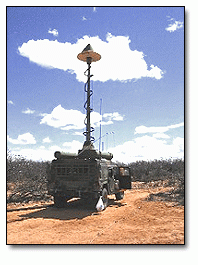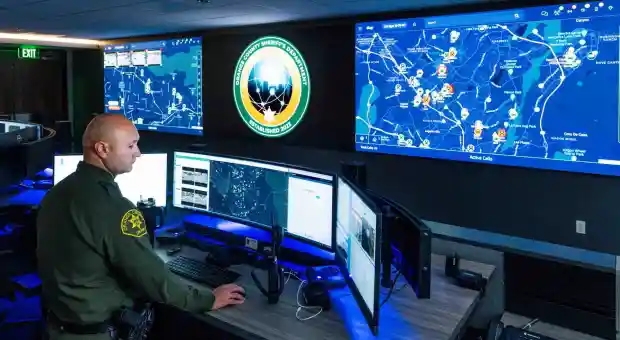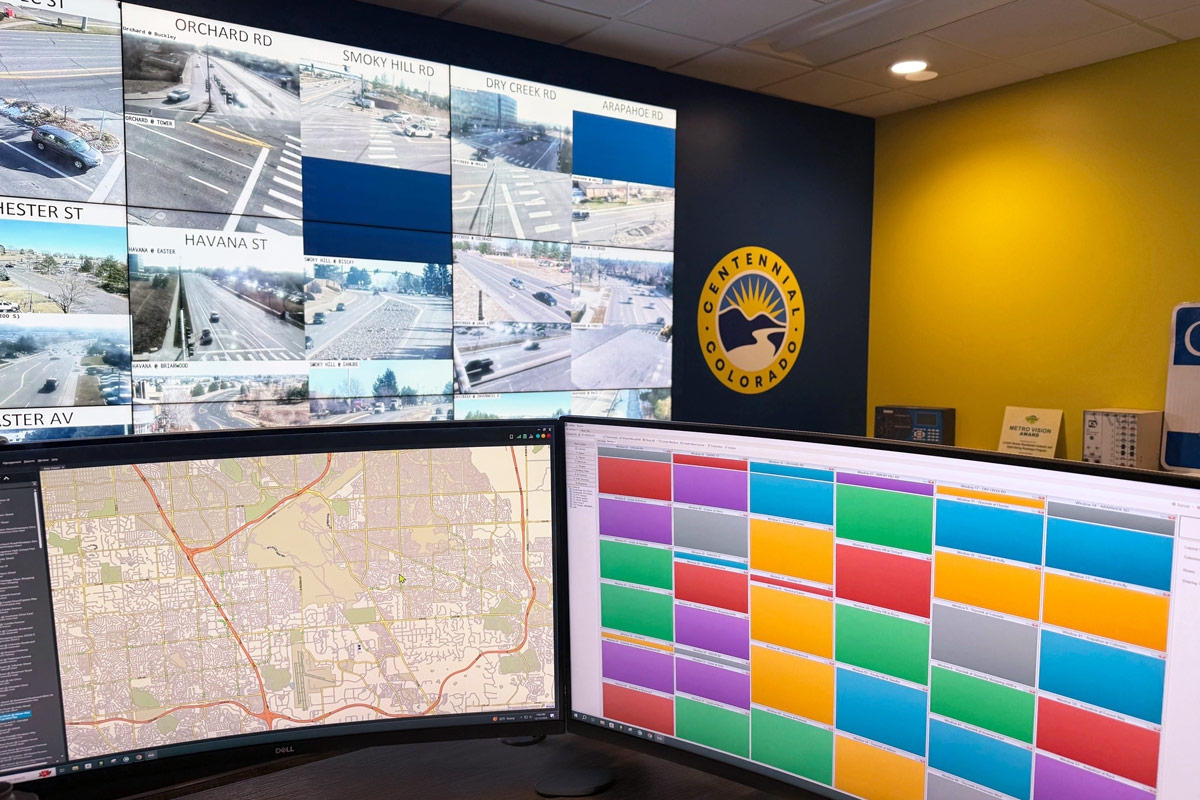U.S. Electronic Warfare System Deploys Advanced Digital Recording Technology
The U.S. Army Operational Test Command (USAOTC) at Fort Huachuca, Arizona, contributes to the Army's success on future battlefields by conducting experiments and operational tests on weapons, equipment, and doctrine. USAOTC tests focus on the areas of battlefield intelligence, surveillance, and reconnaissance (ISR); information assurance (IA); and electronic warfare (EW) intelligence processing systems. It devises robust synthetic operational environments, along with realistic battlefield situations, to test proposed systems in development. Testing encompasses how well a new piece of equipment works within a C3ISR architecture and its performance in IA environments exposed to complex and evolving threats.USAOTC assessed that it needed to upgrade its after-action review (AAR) systems, in particular systems used to capture and record data and visuals for subsequent analysis. USAOTC deployed the RGB Spectrum DGy™ high resolution digital recording systems in this AAR system upgrade. The DGy recording systems use advanced JPEG2000 wavelet-based compression to provide the highest fidelity recording of the most intricate, precise detail.
USAOTC performs battlefield systems tests at Army ranges all over the United States using specially equipped HMMWV tactical vehicles to serve as mobile command and data capture units. The HMMWVs are designed to capture data from ground and airborne sensors that examine every communication on the battlefield. As the sophistication of battlefield communications and intelligence technology has evolved, USAOTC tape-based recording equipment needed to be replaced with a higher quality, higher performance solution. USAOTC equipped each HMMWV with two DGy disk-based digital recording systems.
The first DGy records NTSC composite surveillance video or FLIR from an airborne unmanned aerial system (UAS). The second DGy is fronted with an RGB Spectrum QuadView® image combiner. The processor is fed a variety of computer visuals that include UAS flight statistics, aircraft speed, and navigational information from the UAS ground control station, real-time targeting, reconnaissance and surveillance data, and radio frequency intercept information from ground sensors. The QuadView processor integrates up to four of these computer visuals and feeds the combined image to the second DGy recorder, which records it at 1280 x 1024 resolution along with audio.
Following the battlefield tests, recorded information is analyzed and then transferred to the video data reduction cell installed at an on-base facility for posttest review. The cell is equipped with up to three DGy playback systems.
Operators use the RGB Spectrum Web Control Panel GUI to control the full range of operations, to include placing event marks during recording and playback. Recordings are time- stamped with military-standard IRIG time code. Operators have immediate random access to any point in the recording, eliminating the previous time-consuming task of traversing through tape.
The RGB Spectrum DGy digital recording systems are deployed in every United States military branch and are used in a number of major military programs, including Future Combat Systems (FCS), Joint Strike Fighter (JSF), and National Missile Defense (NMD).
RGB Spectrum is a leading designer and manufacturer of mission-critical, real-time audio-visual solutions for a civilian, government, and military client base. The company offers integrated hardware, software, and control systems to satisfy the most demanding requirements. Since 1987, RGB Spectrum has been dedicated to helping its customers achieve Better Decisions. Faster.™


